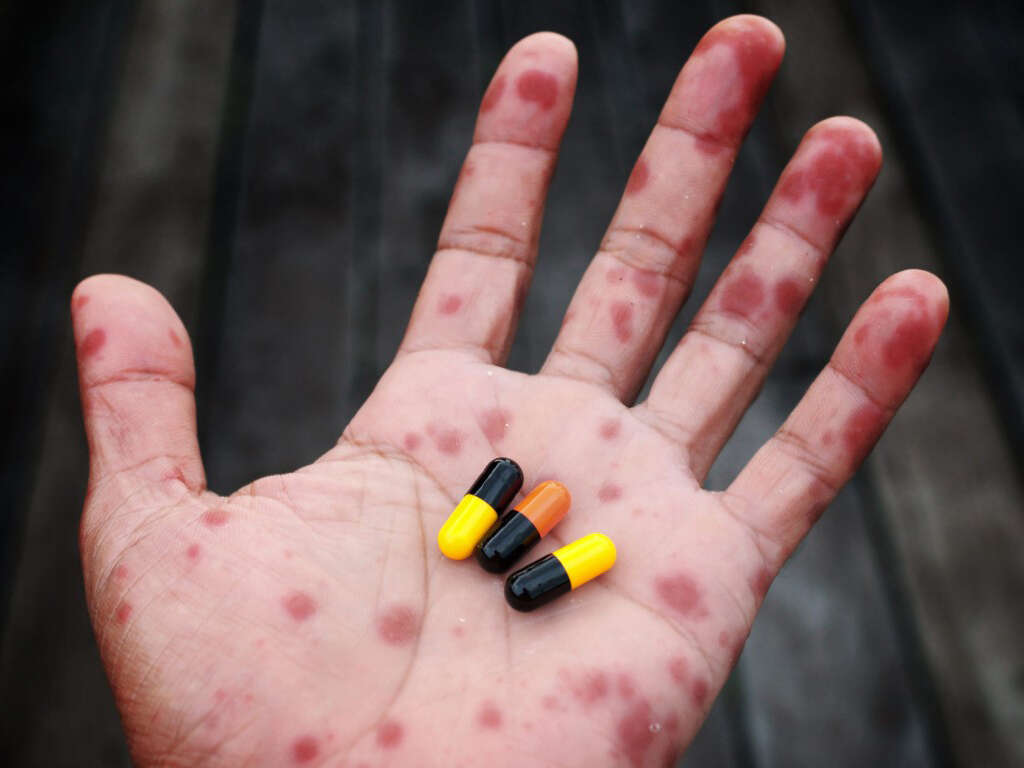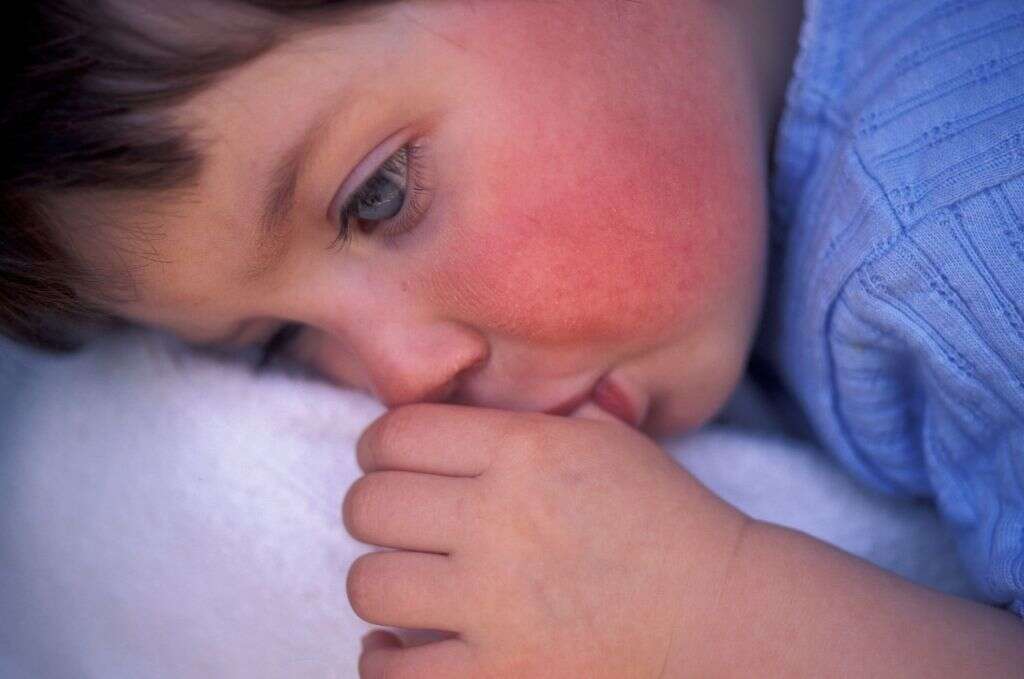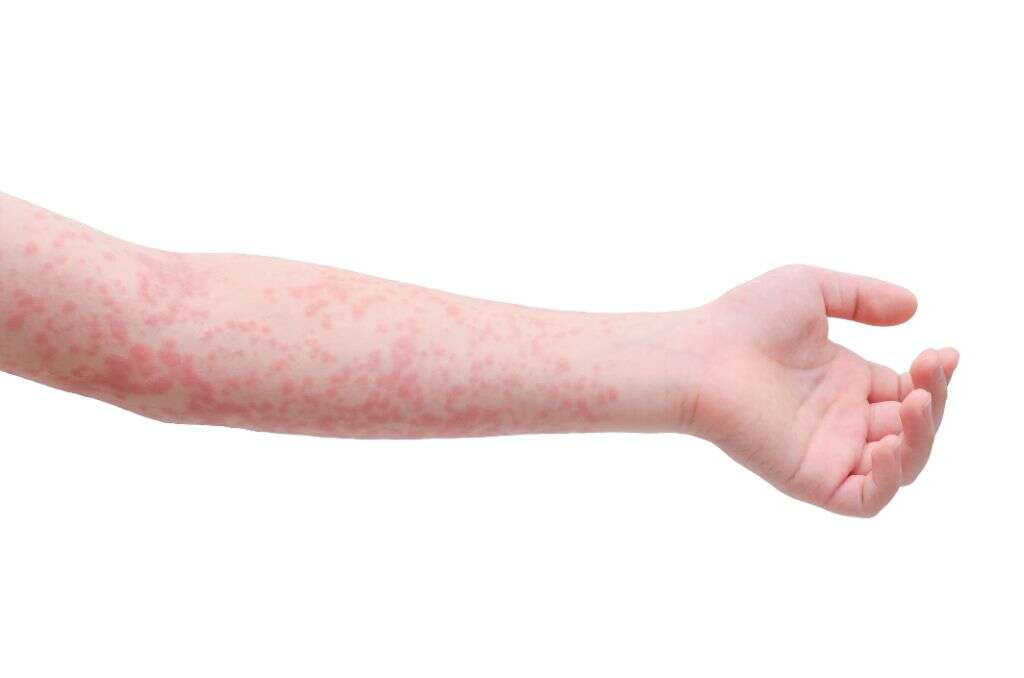What Is Scarlet Fever?
Scarlet fever is a disease whose name once struck fear into children and adults alike. In many cases, it would be fatal, and mostly occurred in young children. Fortunately, however, it is nowhere near as dangerous as it used to be. This is thanks mainly to modern medicine and also to improved hygiene practices.
While it is not usually dangerous, it can still be very uncomfortable, and should be treated as soon as possible. It can pose more of a threat to vulnerable people and anybody with the condition should be monitored in case. Here, we take a closer look at scarlet fever and how it can affect those who have it.

1. Strep Throat
Scarlet Fever is a condition that sometimes develops in people who have strep throat. Strep throat causes a sore throat that will also feel scratchy, as well as some other unwelcome symptoms. Strep throat is caused by the group A streptococcus bacteria. Because strep throat can go on to develop into something more dangerous, it is wise to treat it as soon as possible. Thankfully, it is relatively easy to treat with antibiotics. It is not always necessary to call a doctor, with the patient often making a full recovery in just a few days or so. However, a doctor should be called if there is no progress in a few days.

2. Scarlet Fever
If strep throat is not treated, or if the patient is vulnerable, then it can develop into scarlet fever, which is also sometimes called scarlatina. This most often occurs in children that are aged between 5 to 15 years old. Although potentially more serious than strep throat, scarlet fever is still relatively easy to treat with antibiotics.
Scarlet fever has a bad reputation because it was more dangerous to children before the arrival of modern medicine. Even though scarlet fever is not considered to be dangerous nowadays, it still can be if treatment is not administered, so the condition should never be treated with complacency.

3. Rash
The symptom that is perhaps most closely associated with scarlet fever is a rash. The rash will usually first start on the patients face and will then spread to their neck, arms, legs, and the trunk of the body. The rash will have an appearance like a sunburn and the skin will feel coarse to the touch.
The patient will also develop red lines where folds of skin are in places such as the armpits, knees, elbows, neck, and groin. If pressure is applied to the skin, then the skin will turn pale. In addition, the patient may also become flushed in the face, with a pale ring forming around the mouth.

4. Fever
As the name suggests, a fever is another symptom that is closely associated with scarlet fever. It is a result of the body raising its temperature to make it a hostile environment for pathogens, slowing their progress or killing them altogether. The fever associated with scarlet fever is typically around 101 F (38.3 C).
It can reach higher in some cases, and a doctor should be called if the fever reaches 102 F (38.9 C) or above. In the meantime, placing a cold, damp towel on the patients forehead will help to reduce their body temperature, while paracetamol will also help to reduce a fever.

5. Strawberry Tongue
Whenever we make a visit to a doctor, even if it is just a check-up, one thing they will nearly always do is to take a look inside our mouth. This is because the inside of the mouth can hold signs that can reveal the underlying cause of the patients illness. This is particularly the case in instances of scarlet fever.
Patients with scarlet fever will have a tongue that is red and bumpy in appearance. It will likely also be coated in a white substance. If you do notice this symptom in your child, then you should make an appointment with a doctor if you have not done so already.

6. Swollen Lymph Nodes
Lymph nodes are an important part of our immune system because they help to remove pathogens from our blood. This means that when we are ill, our lymph nodes will be called upon to help in the fight against disease. As they are made to work harder than usual, they can become swollen as a result.
Lymph nodes are located in several places in the body, including in the neck. In cases of scarlet fever, those nodes in the neck will become swollen. As a result, the neck itself will also become swollen and also tender to the touch. This symptom is not dangerous in itself, but it is a sign of a potentially serious underlying cause.

7. Sore Throat
Considering that scarlet fever develops from strep throat, it should come as no surprise that one of the main symptoms of scarlet fever is a sore throat. The throat will also be very red and, in most cases, it will also be very sore. In addition to being red, the throat will also sometimes have visibly yellowish or white patches.
The throat will often be so sore that the patient will have difficulty eating because swallowing will be painful for them. Your doctor should be able to prescribe something to help with the pain, while lozenges can also be very effective.

8. Headache
Another fairly common symptom of scarlet fever is a headache. It can range in severity, but it is likely to be worse than a standard headache. A doctor may prescribe medication to help reduce the intensity of the pain. It is also quite common for the patient to develop nausea, and this can be quite debilitating for them.
In many cases, this will also result in vomiting and this can make matters worse as the patient may not be getting the nutrition that they need. If the patient is vomiting excessively then you should see a doctor if you have not done so already.

9. Complications
As already mentioned, scarlet fever is relatively easy to treat. It can potentially get a lot worse, however, and bacteria growing and spreading out of control can reach other parts of the body. In some instances, the infection can reach the lungs and the kidneys.
In other instances, the patient might develop rheumatic fever, which is a very serious condition indeed. This condition has the ability to affect the joints, the heart, and the nervous system. If you do suspect rheumatic fever, or if you feel the scarlet fever is advancing to a dangerous stage, you should get medical assistance for the patient as soon as possible.

10. Contagiousness
Strep throat that can lead to scarlet fever is very contagious. It is an airborne pathogen, meaning it is passed on when an infected person coughs or sneezes. The disease has an incubation period of between two and four days during which time it is contagious.
Children are prone to picking up strep throat, and other diseases, on account of them tending to stay close together. In order to help prevent the spread of the pathogen, mugs, crockery, cutlery, and surfaces should be cleaned regularly. You should also try to prevent sharing cutlery and crockery, and also prevent sharing of food.












